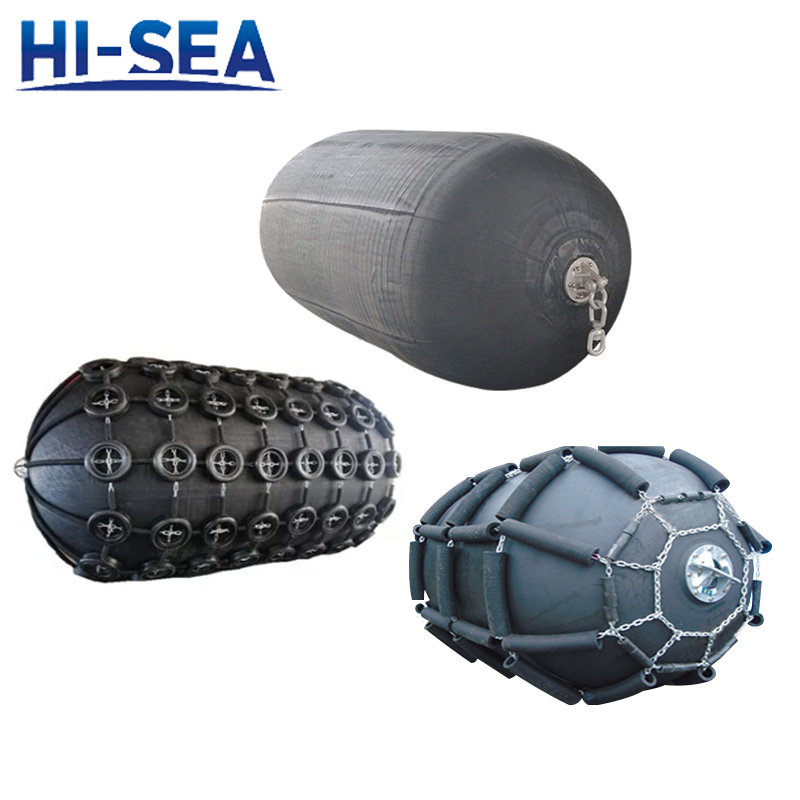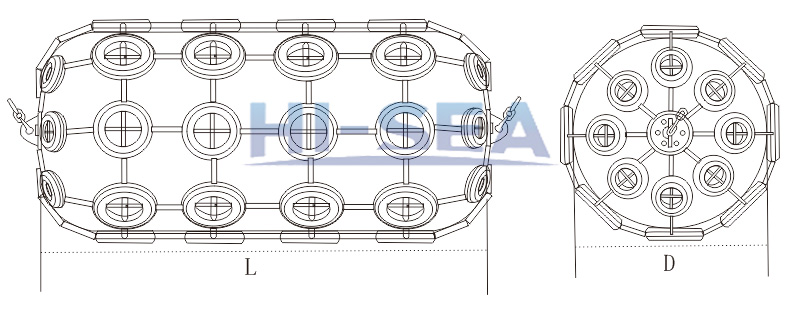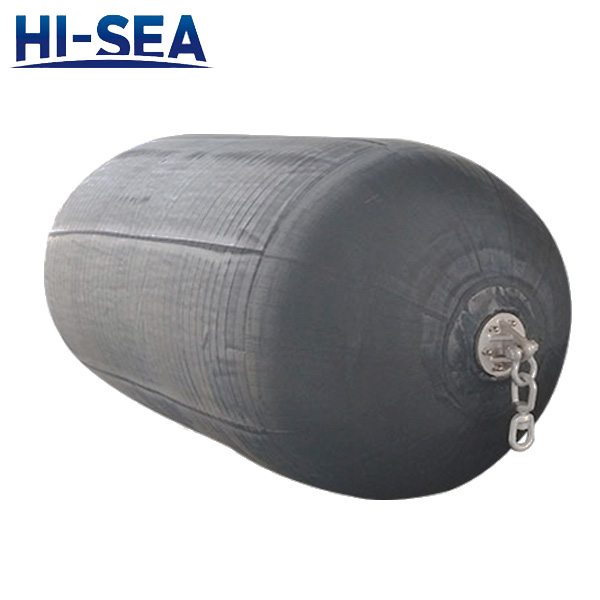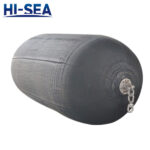
Yokohama fenders manufactured with high-quality rubber materials are also called pneumatic rubber fenders. The standard size 3300×4500 of Yokohama fenders are relatively large for most rubber fenders. People usually fill air or hydrogen into the fenders, that’s why Yokohama fenders are also called pneumatic fenders.
One of the most unique feature of Yokohama fenders is to float on the water. Without being affected by the tidal variations , Yokohama fenders are widely chosen worldwide. The best installation solution to remain the flexibility of the fenders is to use chains as connection. Years of application has also proven the efficiency of chains as installation method for Yokohama fenders.
Yokohama fenders are usually used for large docks and vessels where large impacts are common. Thus, the Yokohama fenders need to be manufactured with high-quality rubber materials so that they can endure large compression. Our reinforced and elastomeric rubber material is just perfect for them. When the fenders are off duty, they can also be deflated to restore, which will save a lot of space for owners.
Yokohama Fenders Drawing and Dimensions:

| Fender size
D×L
(миллиметр)
|
Initial pressure 0.5kg/cm2 |
Initial pressure 0.8kg/cm2 |
weight |
| Guaranteed energy absorption (GEA)
[kNm] |
Reaction force at GEA deflection
[kN] |
Hull pressure at GEA deflection
[kN/m2] |
Guaranteed energy absorption (GEA)
[kNm] |
Reaction force at GEA deflection
[kN] |
Hull pressure at GEA deflection
[kN/m2] |
Fender body
[kg] |
Цепь & tire net
[kg] |
Total
[kg] |
| 3300×4500 |
1175 |
1884 |
130 |
1640 |
2476 |
171 |
1100 |
1600 |
2700 |
Функции:
- Easy and fast to deploy
- Suitable for inclined berthing
- Low reaction force and reasonable reaction force even under excess load conditions
- Suitable for small and large tidal ranges
- Low hull pressure









